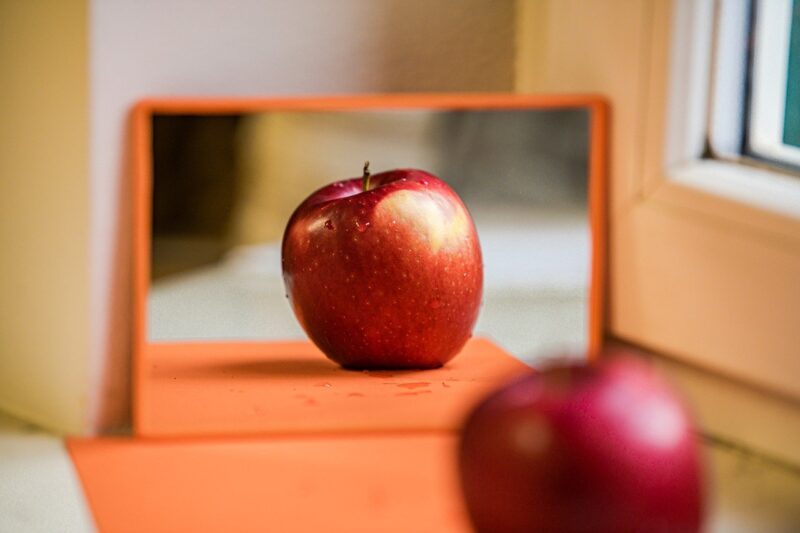How People Have Used Mirrors for Mystical, Practical, and Scientific Purposes
November 17, 2024

Mirrors have fascinated humanity for centuries, serving diverse functions across cultures and eras. From ancient civilizations to modern science, mirrors have played a vital role in various facets of life, including mysticism, daily practical use, and scientific exploration.
1. The Mystical Significance of Mirrors
Mirrors have long been associated with mysticism and the occult. Various cultures around the world have attributed supernatural powers to mirrors.
**Ancient Beliefs**: In ancient Egypt, mirrors were often made of polished bronze, and it was believed that reflections could reveal a person’s soul or spirit. Egyptians often placed mirrors in tombs to help the deceased navigate the afterlife.
**Ritualistic Uses**: In many cultures, mirrors are believed to attract spirits or reflect negative energy away from individuals. For instance, in Chinese culture, it is common to use mirrors during Feng Shui practices to ward off evil spirits. The reflective surface is thought to repel unwanted energies, enhancing the space’s overall harmony.
**Divination and Scrying**: The practice of scrying—using reflective surfaces to gain insight into the future or personal matters—has been utilized by various cultures. In the Middle Ages, practitioners would use polished obsidian or crystal balls as mirrors to glimpse future events. This tradition continues today, where various scrying materials, including mirrors, are used in fortune-telling practices.
2. Practical Applications of Mirrors
Mirrors have served practical purposes since their inception, becoming integral to various aspects of daily life.
**Personal Grooming**: The most common use of mirrors is for personal grooming. The invention of the glass mirror in the 13th century dramatically improved reflection quality, making it easier for people to assess their appearance.
**Architectural Features**: In architecture, mirrors are utilized to create illusions of space. Designers often incorporate mirrors in homes and offices to make small areas appear larger. Additionally, mirrors are employed in interior design to enhance lighting and aesthetics.
**Safety and Navigation**: In vehicles, mirrors are essential for safe driving, allowing drivers to see blind spots and enhance overall road safety. Furthermore, mirrors are vital in navigation and exploration, with instruments like telescopes and periscopes utilizing mirrors to assist in detailed observation.
3. Scientific Exploration and Technological Advances
Mirrors have played a monumental role in scientific advancements and technological innovations.
**Optical Research**: Mirrors are crucial in optical research and development. The invention of the telescope in the 17th century allowed astronomers to explore the universe, significantly impacting our understanding of celestial bodies. Mirrors allow these telescopes to capture and focus light, enabling deeper observation than ever before.
**Laser Technology**: Mirrors are an essential component of laser technology. Laser beams are often directed using mirrors, allowing for precise applications in medical procedures, industrial manufacturing, and telecommunications.
**Quantum Computing**: In the field of quantum computing, mirrors assist in research involving light particles and their interactions. More complex mirror systems are developed for experiments in quantum optics, paving the way for significant advancements in computing capabilities.
4. Cultural Representations of Mirrors
Mirrors are prevalent in literature, art, and folklore, showcasing human fascination with their reflection and implications.
**Symbolism in Literature**: Mirrors often symbolize self-examination, truth, and vanity in literature. Classic works such as Lewis Carroll’s *Through the Looking-Glass* explore the themes of duality and reflection, inviting readers to ponder the nature of identity and reality.
**Artistic Representations**: Artists have utilized mirrors to create captivating pieces throughout history. The concept of reflection raises deep philosophical inquiries, often representing the relationship between reality and perception. The chiaroscuro technique in painting, wherein light and shadow interplay, has its roots in mirror reflections and optical illusions.
**Modern Popular Culture**: In contemporary society, mirrors continue to occupy a prominent place in popular culture. From social media selfies to the iconic phrase “mirror, mirror on the wall,” reflecting on self-image and societal standards of beauty generates extensive discourse on self-identity and confidence.
Conclusion
Reflective surfaces have transcended mere functionality to become integral to human experience, belief systems, and scientific inquiry. The mystical, practical, and scientific uses of mirrors illustrate humanity’s complex relationship with reflection, identity, and understanding of the universe. As we continue to innovate and explore, mirrors will undoubtedly retain their transformative power in our lives, encouraging us to examine both our external and internal worlds.
Whether for grooming, artistic expression, or scientific exploration, mirrors challenge us to see and understand more deeply. As we stand before these reflective surfaces, we are reminded of the ongoing journey of self-discovery and the profound mysteries that surround us.








